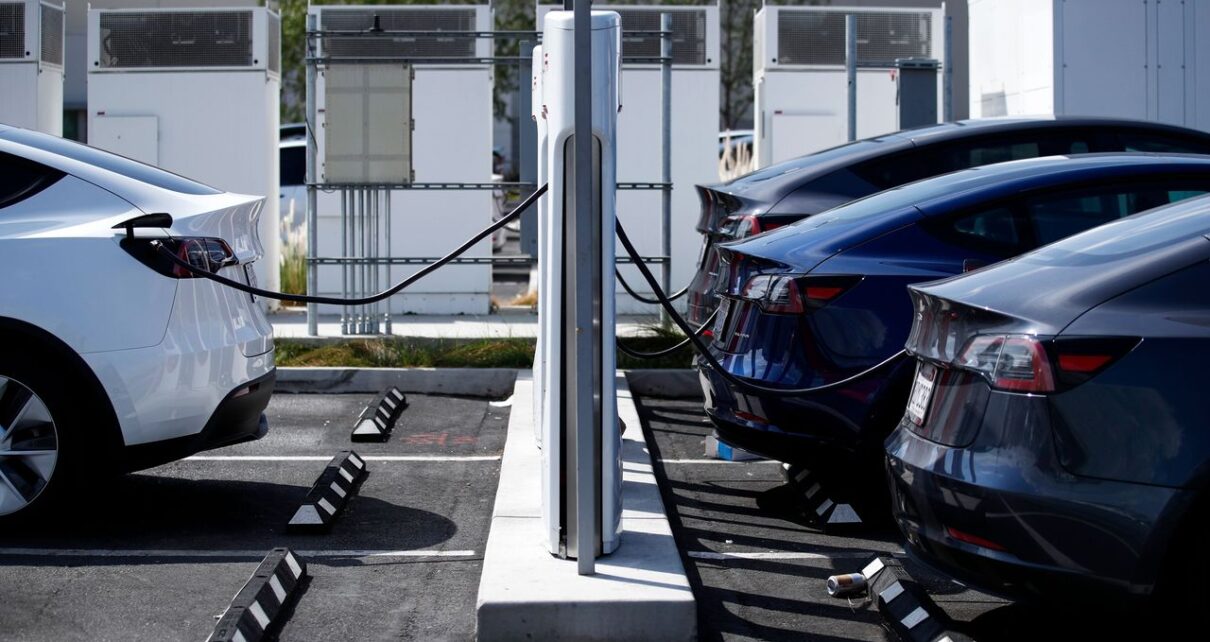The automotive landscape is undergoing a profound transformation, with electric vehicles (EVs) emerging as a central player in the quest for sustainable transportation. As the world pivots towards cleaner energy solutions, it’s crucial to examine the implications of the rising adoption of electric vehicles on the energy grid.
Understanding the dynamic interplay between EV technology and the energy grid is essential, making an Electrical Vehicle Technology Course a valuable asset for individuals looking to navigate and contribute to this evolving intersection of automotive and energy sectors.
The Surge in Electric Vehicles

The global shift towards electric vehicles is palpable. With advancements in battery technology, increased environmental awareness, and supportive government policies, EVs are becoming a mainstream choice for consumers. The International Energy Agency (IEA) predicts that the number of electric cars on the road could reach 145 million by 2030.
Challenges for the Energy Grid: Navigating the Impact of Electric Vehicle Adoption
The rapid adoption of electric vehicles (EVs) represents a transformative shift in the automotive landscape, promising a cleaner and more sustainable future. However, this surge in EV adoption brings forth formidable challenges to the existing energy infrastructure, necessitating a comprehensive and adaptive evolution of the energy grid.
Electricity Demand Surge
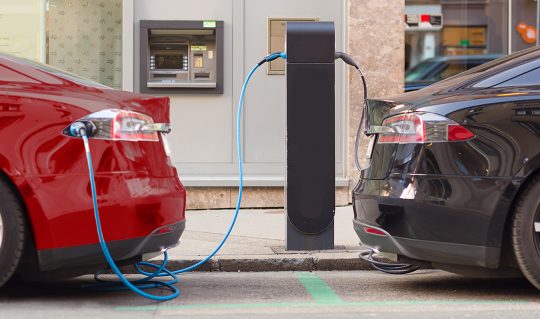
The primary challenge stems from the exponential increase in electricity demand triggered by the growing need for EV charging. As more consumers make the switch to electric vehicles, the demand for reliable and accessible charging infrastructure escalates significantly. This surge in demand poses a pressing concern, as the current energy grid must undergo substantial modifications to meet these burgeoning requirements effectively.
Transformative Evolution of the Energy Grid
Addressing the challenge of increased electricity demand calls for a transformative evolution of the energy grid. Traditional grids designed to support conventional vehicles and residential energy needs must adapt to accommodate the unique demands and characteristics of electric vehicle charging.
Adaptive Infrastructure Upgrades
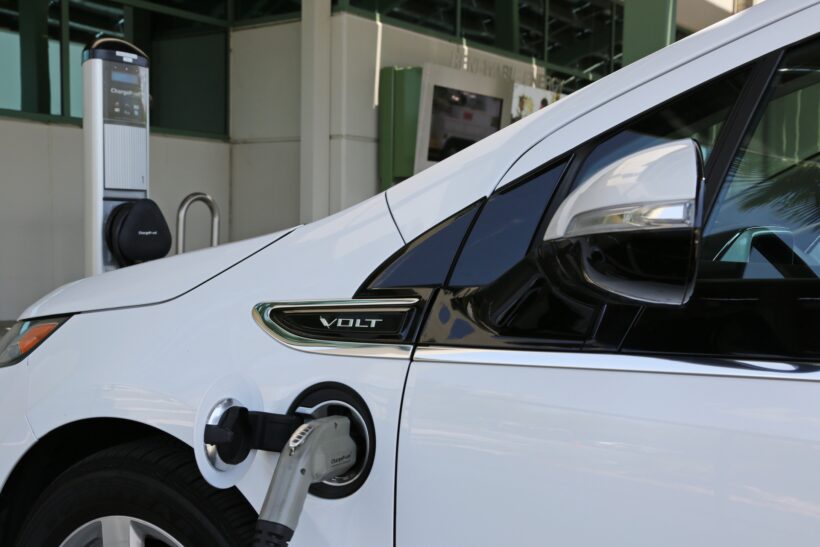
Upgrading the existing infrastructure is paramount in ensuring that the energy grid can handle the increased load posed by widespread EV adoption. This involves incorporating advanced technologies and smart solutions to enhance grid capacity, reliability, and efficiency. Adaptive infrastructure upgrades are crucial to prevent overloads, grid instability, and disruptions in energy supply.
Stress on Peak Load Management
The concentrated demand for EV charging during specific times, commonly known as peak loads, poses additional stress on the energy grid. Effectively managing these peak loads becomes imperative to prevent grid instability and ensure a smooth and reliable supply of electricity. Smart technologies and demand response programs play a crucial role in mitigating these challenges by distributing the load more evenly across the grid.
Grid Stability and Flexibility
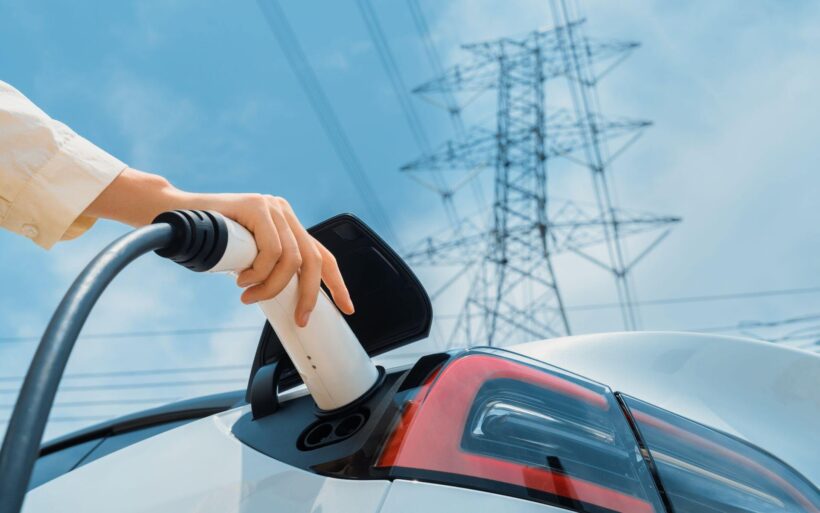
Integrating a substantial number of electric vehicles into the grid introduces a need for enhanced stability and flexibility. Fluctuations in electricity demand, especially during peak charging periods, require a grid that can adapt swiftly to maintain stability. Grid stability becomes paramount to prevent disruptions, and power outages, and to ensure the efficient functioning of the energy ecosystem.
Incorporating Smart Charging Solutions
Smart charging technologies emerge as a pivotal solution to address the challenges associated with increased EV adoption. These technologies enable efficient load distribution by leveraging data and algorithms to stagger charging times. Additionally, demand response programs empower the energy grid to communicate with electric vehicles, facilitating dynamic adjustments based on real-time conditions.
Environmental Considerations

As the energy grid evolves to meet the demands of electric vehicles, considerations for environmental sustainability become crucial. Integrating renewable energy sources, such as solar and wind power, into the grid is not only environmentally responsible but also mitigates the carbon footprint associated with increased electricity demand for EV charging.
Peak Load Management
One of the critical challenges lies in managing peak loads, instances when the demand for charging escalates significantly during specific times. These peaks, if not effectively managed, pose a substantial threat to the stability of the energy grid. Efficiently navigating and mitigating these peaks become imperative to ensure grid reliability, preventing potential overload scenarios that could lead to disruptions in power supply.
The Role of Smart Charging
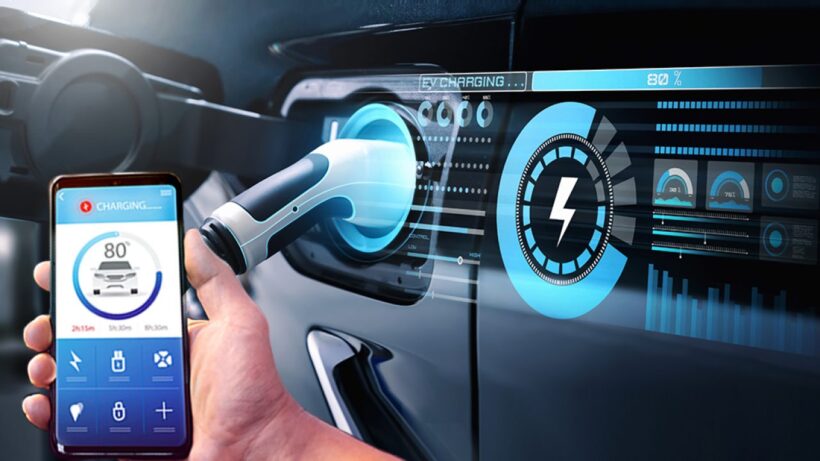
Smart charging technologies emerge as instrumental players in addressing the multifaceted challenges posed by the accelerated adoption of electric vehicles.
Load Distribution
Smart chargers play a pivotal role in optimizing load distribution. By harnessing data and sophisticated algorithms, these technologies can strategically stagger charging times, effectively reducing the impact of simultaneous high-demand periods. This optimization contributes to resource utilization efficiency and minimizes the strain on the energy grid.
Demand Response Programs
The implementation of demand response programs represents a proactive approach to empower the energy grid to communicate seamlessly with electric vehicles. This communication facilitates dynamic adjustments in charging patterns based on real-time grid conditions, significantly contributing to both grid stability and overall efficiency.
Grid Modernization
To meet the escalating demands imposed by a burgeoning electric vehicle market, substantial investments in grid infrastructure become imperative.
Upgrading Infrastructure
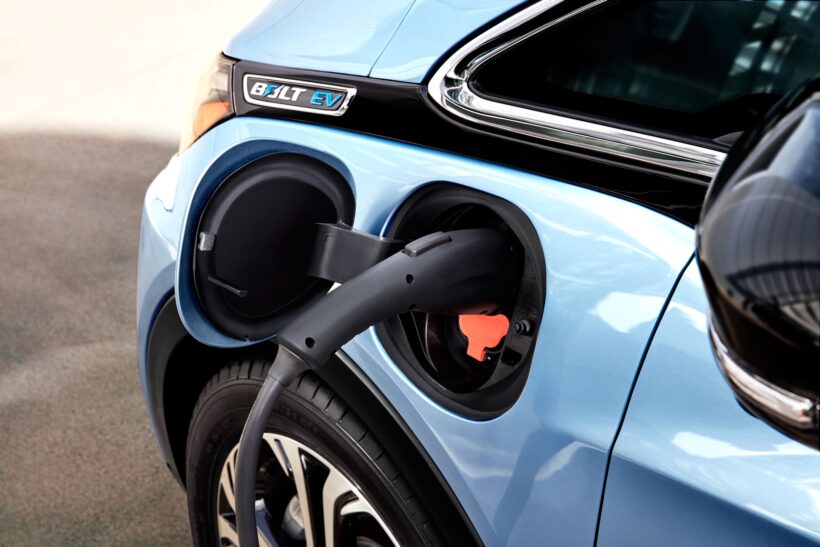
Upgrading and modernizing the grid are essential steps in enhancing its capacity and overall efficiency. This involves the incorporation of advanced technologies to create a more flexible, adaptable, and resilient energy infrastructure capable of seamlessly integrating with the evolving demands of EV adoption.
Incorporating Renewable Energy
Aligning the growth of electric vehicles with renewable energy sources serves as a pivotal strategy to mitigate the environmental impact. The integration of solar and wind power into the grid not only contributes to reducing carbon emissions associated with increased electricity demand but also fosters the development of a sustainable and ecologically responsible energy ecosystem.
Policy and Industry Collaboration
The collaborative efforts between governments, policymakers, and industries play a crucial role in navigating the intricate landscape of a future dominated by electric vehicles. Governments and policymakers hold a pivotal role in incentivizing crucial upgrades to the energy grid.
By fostering research and development initiatives and implementing supportive policies, they contribute significantly to the creation of a sustainable, resilient, and future-ready energy grid.
Collaboration with the Automotive Industry

Coordinated efforts in research, development, and implementation between the energy and automotive industries are indispensable. This collaboration ensures that the energy grid evolves harmoniously with the rising adoption of electric vehicles, creating an integrated and forward-looking system poised for the challenges and opportunities of the future.
Looking to the Future
The impact of electric vehicles on the energy grid is both a challenge and an opportunity. With proactive planning, innovative technologies, and collaborative efforts, we can pave the way for a future where electric vehicles not only reduce carbon emissions but also contribute to a smarter, more resilient, and sustainable energy grid. As we navigate this transformative journey, it’s clear that addressing the challenges posed by EV integration requires a collective commitment to building a greener and more efficient energy infrastructure.

